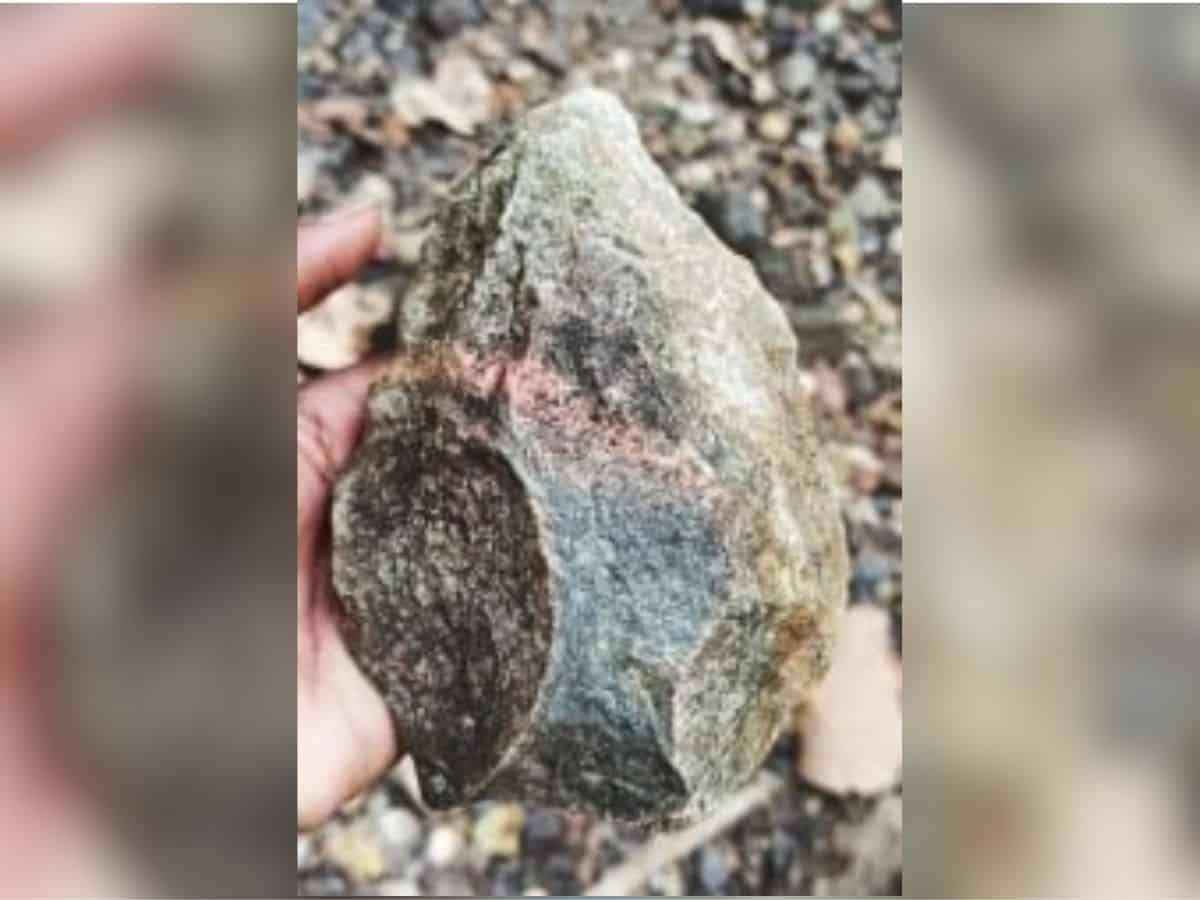
Hyderabad: Following the recent floods in Mulugu district last year, a team of historians led by Sriramoju Haragopal discovered palaeolithic quartzite tools.
In July 2023, Mulugu and Jayashankar Bhupalpally districts were ravaged by floods leading to significant destruction and damage.
Haragopal and his team found hand axes, measuring 15.5cm in length, 11cm in width, and 5.5cm in thickness, in the sand bed of a dried stream, between Gurrevula and Bhupatipuram villages; thus shedding light on human habitations in Telangana and central India.
According to the palaeontologists the stone axe belongs to the Lower Palaeolithic period, dating back approximately 30 lakh years.
The Palaeolithic Age, also known as the Old Stone Age or Early Stone Age, extends to about 33 lakh years BC, lasting for 10,000 years. These tools, identified based on chipping style, material, and size, were used by Palaeolithic hunter-gatherers for cutting wood and hunting animals for food.

